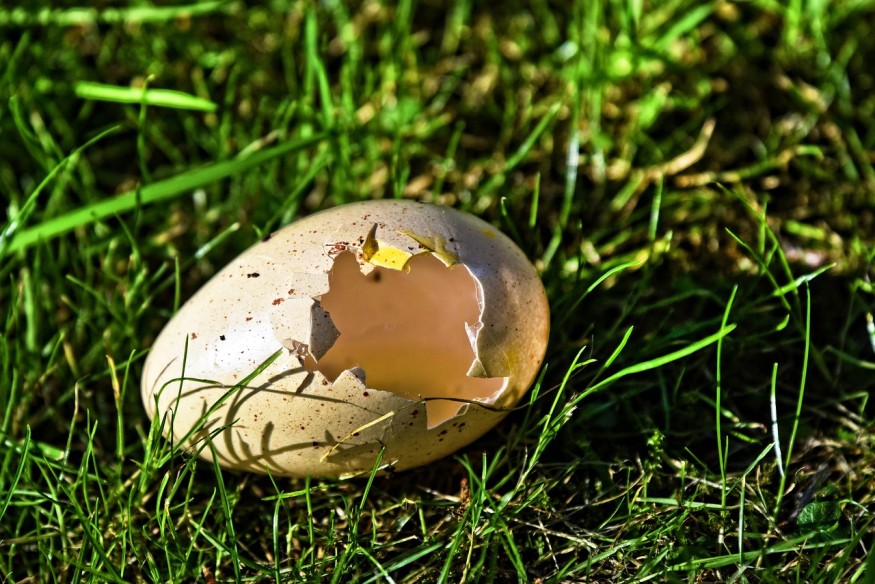Egg-laying mammals may seem a subject of science fiction as the majority of animals in the class Mammalia give birth to living young ones, as opposed to their offspring hatching from eggs. This is the reason why mammals are called viviparous. However, mammals, despite giving live birth, can also lay eggs just like amphibians, birds, reptiles, and most fish species.
As opposed to egg-laying oviparous animals, warm-blooded and vertebrate mammals have evolved to be viviparous, where females also secrete milk for the nourishment of their young. Yet, a small group of mammals, called monotremes, can also lay eggs. This group is classified into two types of animals platypus (Ornithorhynchus anatinus) and echidna (Tachyglossidae).
There is an evolutionary importance to the birthing mechanism of both viviparous and oviparous animals. According to experts, the two groups have evolved in such a way that benefits their reproduction capabilities and ways of raising their young. This distinction is mainly because due to certain animal species' biological limitations which favor either giving live birth or laying eggs.
Can Mammals Lay Eggs?

Mammals can lay eggs, and as mentioned earlier, only a few mammalian species are oviparous. Below are the five egg-laying mammals or monotremes that are only endemic in Australia and New Guinea which consists of one platypus species and four echidna species:
- Duck-Billed Platypus
- Western Long-Beaked Echidna
- Eastern Long-Beaked Echidna
- Short-Beaked Echidna
- Sir David's Long-Beaked Echidna
In particular, platypus is an aquatic creature native to Australia, characterized with a bill like a duck and tail of a beaver. Platypuses live in fresh bodies of water like rivers, wetlands, and billabongs. In addition, they can also be found in brackish estuaries, according to the National Oceanic and Atmospheric Administration (NOAA).
Meanwhile, the echidna is a distant cousin of the anteater and is only found in Australia and New Guinea. Both of the monotreme mammals only have one opening, called a cloaca, for reproduction and waste elimination, the NOAA adds.
Ancient Egg-Laying Mammals
The said egg-laying animals are endemic in the mentioned region of the world. Currently, they are seen thriving in their habitats even though evolution has confined them in a seemingly limited environment. But such rarity may not always be the case in the past. Recently, scientists discovered ancient animal fossils in Australia, unearthing the ancestors of today's monotreme platypus and echidna.
In a recent study published in the journal Alcheringa: An Australasian Journal of Palaeontology, researchers found evidence of ancient egg-laying mammals that lived with the dinosaurs around 100 million years ago. The fossils of the now-extinct animals were found at the Cenomanian Lightning Ridge in New South Wales, Australia.
The research findings made available in the journal on Sunday, May 26, confirm a time when monotremes flourished before the planet-killing asteroid struck Earth 66 million years ago. The research paper was led by a team of scientists from the Australian Museum, Museums Victoria, and the Australian Opal Centre.
© 2025 NatureWorldNews.com All rights reserved. Do not reproduce without permission.





